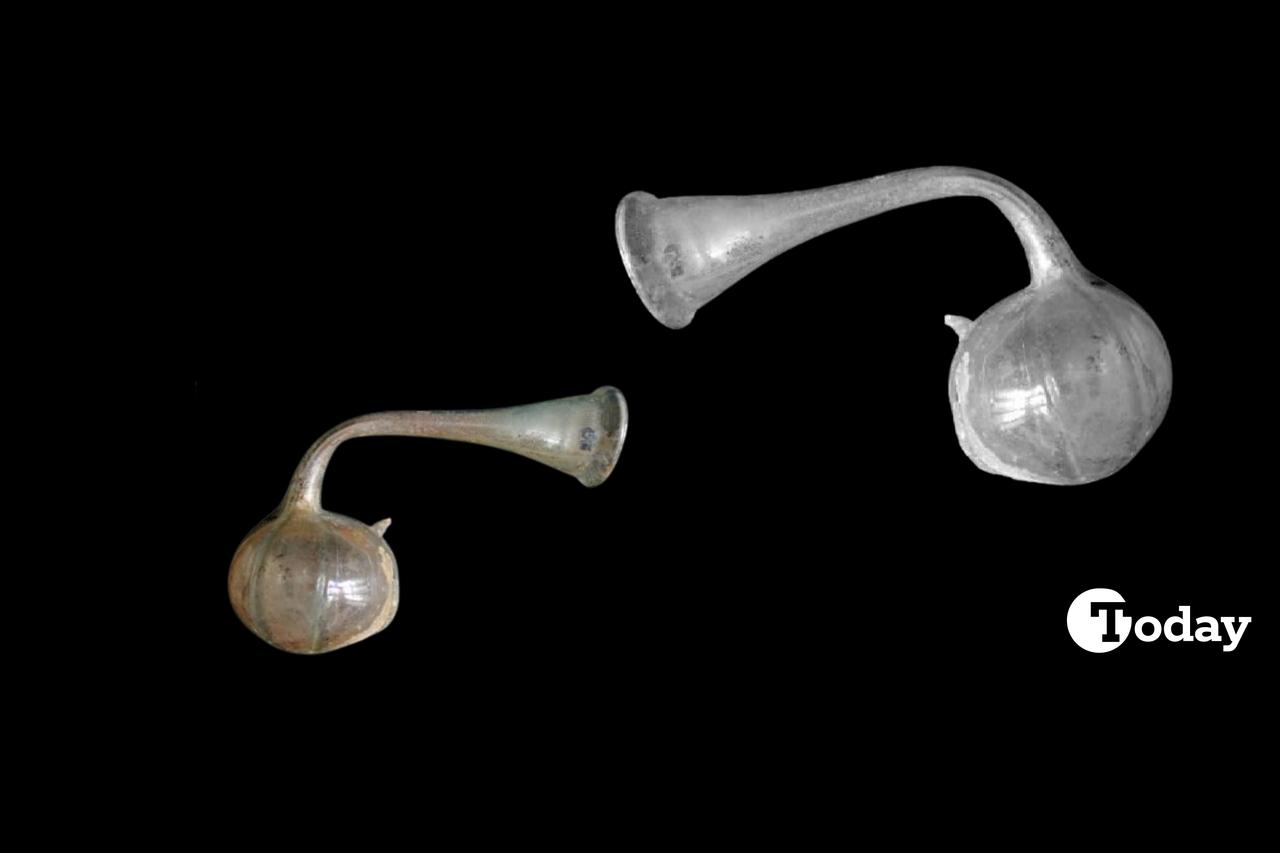
A groundbreaking study recently published in the Journal of Palmette by Assoc. Professor Omur Dunya Cakmakli and her research team from Karabuk University has shed new light on the potential use of Roman-era glassware in early chemical practices. Their findings suggest that a mysterious glass vessel, now housed at the Kastamonu Museum, may have served as a primitive distillation apparatus—possibly used in ancient medical or alchemical processes.
A Roman-era glass vessel unearthed in Türkiye may have been used for early chemical distillation, challenging previous assumptions about its purpose and offering new insights into the scientific capabilities of ancient civilizations.
The artifact, housed at the Kastamonu Museum in northern Anatolia, has been the subject of an in-depth study combining historical research, experimental archaeology, and scientific analysis. While initially enigmatic due to a lack of archaeological context, the vessel’s unique design—featuring a long neck, pinhole-sized spout, and funnel-shaped mouth—prompted researchers to explore its potential function through replication and testing.

After creating an exact glass replica, scholars conducted experiments that simulate ancient chemical processes. Their findings point strongly to the use of the vessel in distillation—a method used to separate liquids based on differing boiling points.
“This is more than just an ornamental or domestic item,” said one of the researchers involved in the study. “The results show that it could have functioned as a rudimentary distillation apparatus, especially for substances like alcohol or medicinal extracts, using methods that minimize thermal stress.”
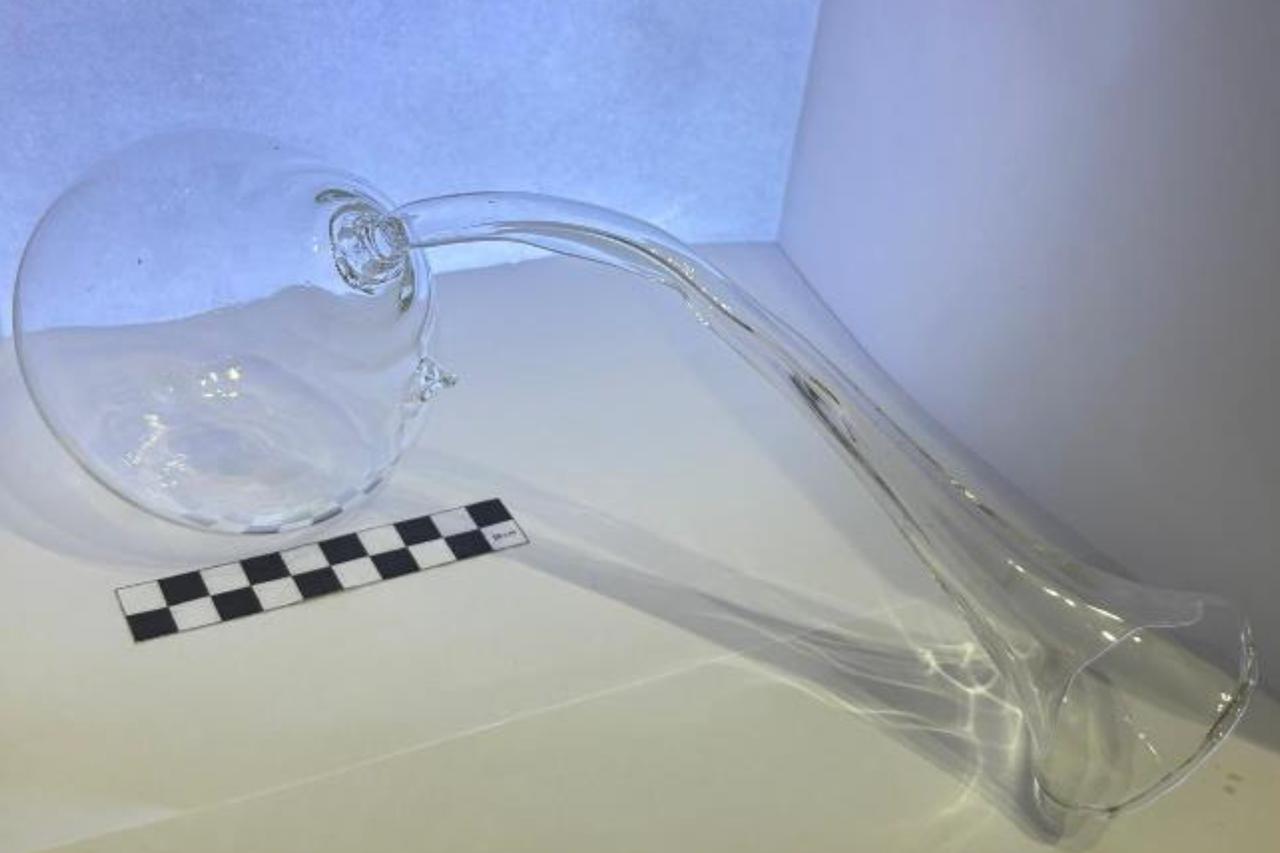
Unlike many archaeological finds, the original vessel was not discovered during a controlled excavation. Its provenance is unclear, making its interpretation difficult. Lacking contextual clues, researchers turned to comparative analysis with similar artifacts and experimental reconstruction.
Through careful testing, the team observed that the narrow spout allowed air to escape during liquid transfer, aiding in filling and draining. However, when inverted, the vessel’s design enabled more controlled discharge of liquid—suggestive of a specialized purpose. Tests using the bain-marie method, a gentle heating technique still used in modern chemistry, demonstrated that water-alcohol mixtures could be distilled successfully without damaging the glass.
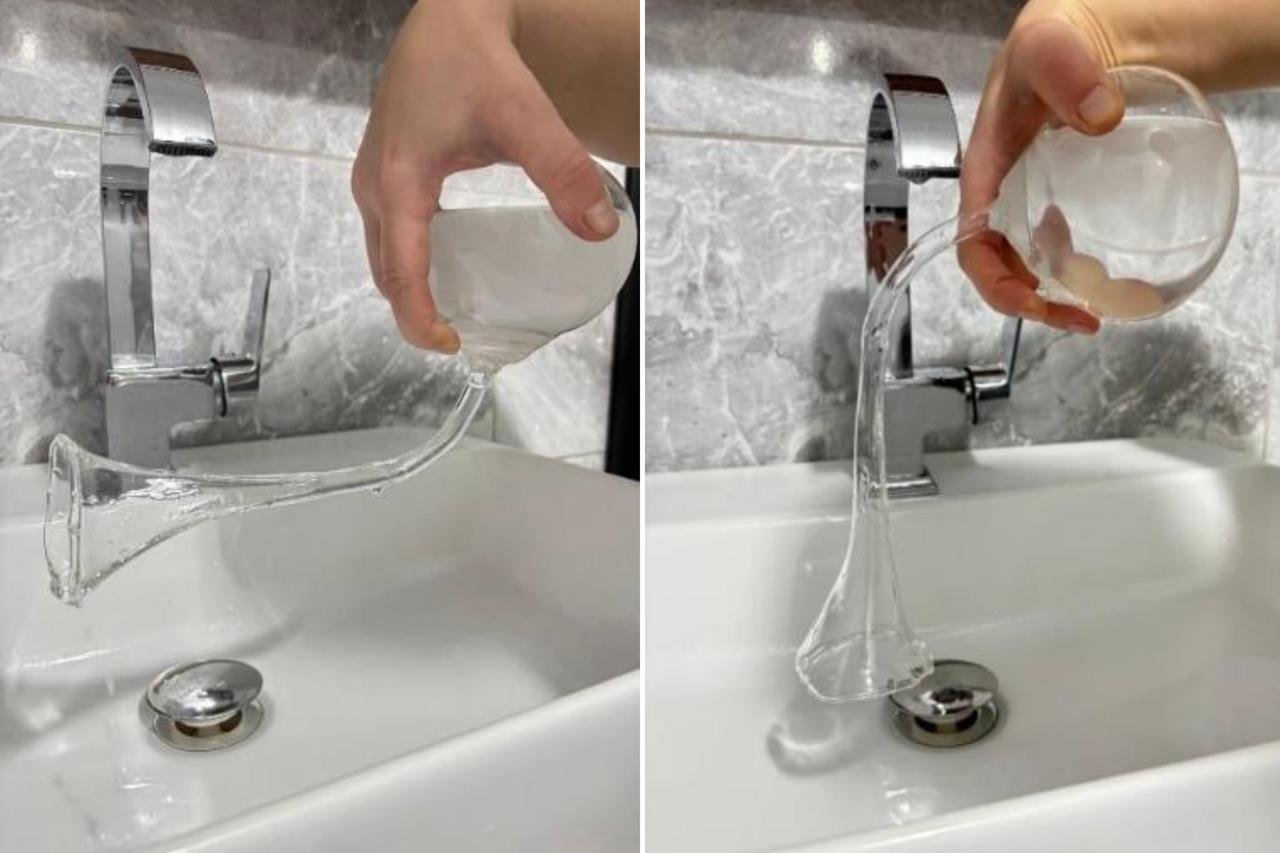
“The design is surprisingly efficient,” the researcher added. “When the neck was cooled during distillation, condensed vapors dripped into a separate container—very much like a modern lab setup.”
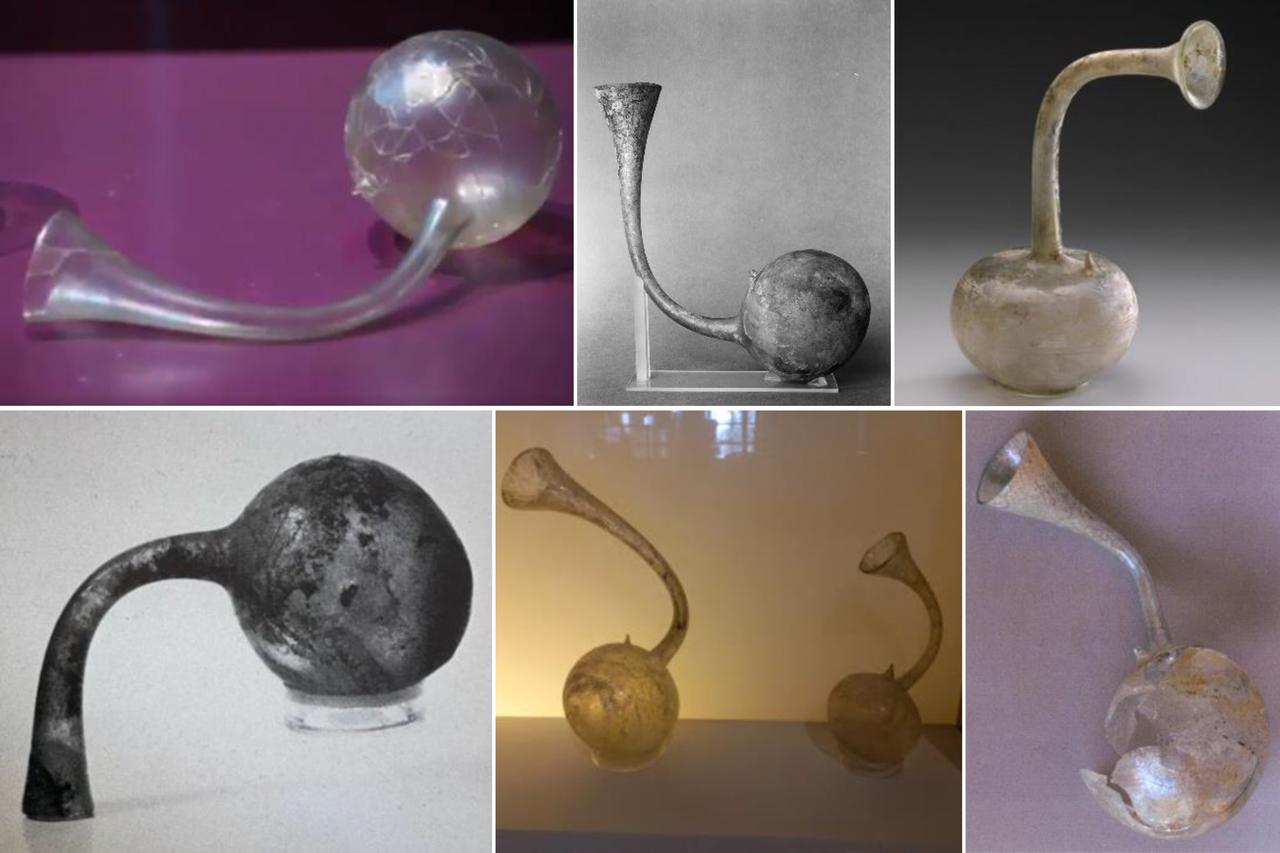
Past interpretations of similar vessels have ranged from baby bottles to breast pumps or banquet serving wares. However, the experimental team found flaws in those theories. For instance, the spout's extremely narrow aperture made it impractical for nursing purposes, even when tested with tubes or suction devices.
Furthermore, the vessel's rim showed no signs of wear that would suggest regular contact with the skin or lips, weakening the case for domestic or feeding use.
Instead, all signs point to a professional application, likely in the fields of medicine or early chemistry.
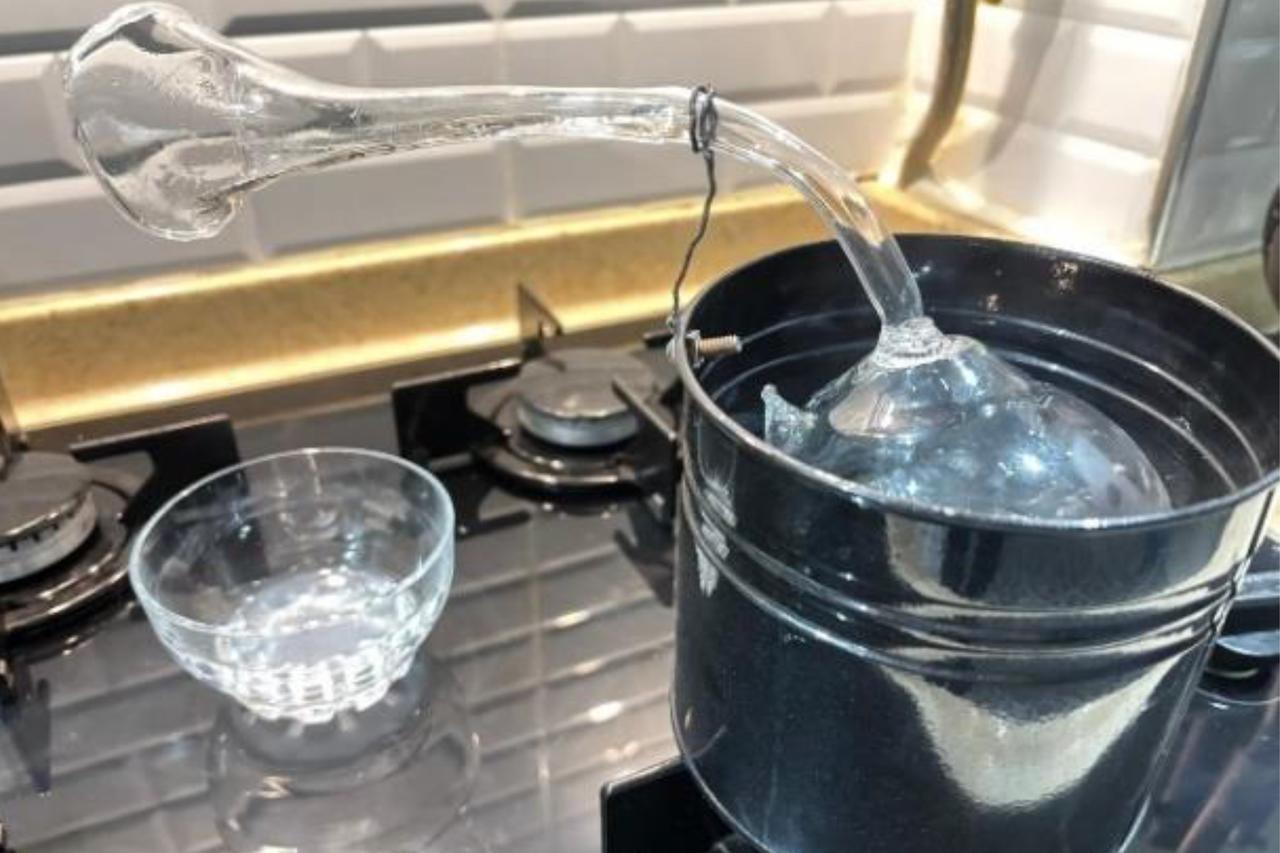
The study’s authors draw historical parallels with practices dating back to ancient Mesopotamia and Egypt, where early chemists—or alchemists—used glass vessels in experiments involving distillation, sublimation, and extraction. The Roman Empire, which perfected glassblowing techniques, likely contributed to the spread of glass-based laboratory equipment.
One compelling comparison comes from a 16th-century alchemical text, Coelum Philosophorum, which features a vessel remarkably similar in shape to the Kastamonu artifact. That illustration further supports the idea that these objects were precursors to modern retorts, a type of distillation flask used in laboratories today.
Though some scholars have proposed later, even Islamic-period origins for similar items, the glassmaking style, craftsmanship, and early Roman examples bolster the dating of the artifact to the 1st or 2nd century A.D.
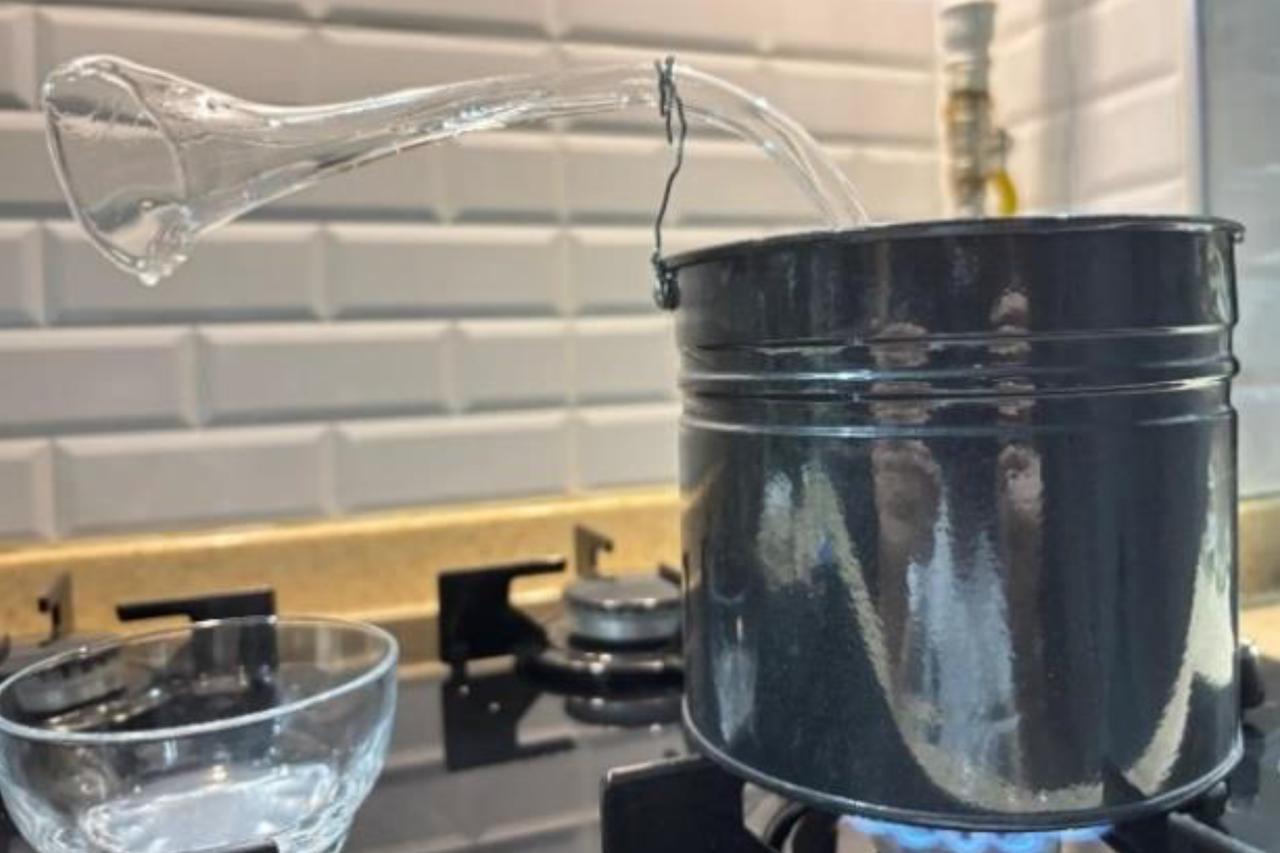
The study represents a rare instance where experimental archaeology—a method of testing ancient tools through physical reconstruction—has been applied to Roman glassware. The results not only enhance our understanding of ancient science but also offer a glimpse into the overlap between chemistry and medicine in antiquity.
“Chemistry and healthcare were intertwined even back then,” said the researcher. “This vessel tells a story of how early practitioners may have distilled herbal medicines, perfumes, or alcoholic tinctures long before modern laboratories existed.”
Although more precise conclusions are limited by the lack of excavation data, the study significantly contributes to the history of scientific instruments. It also enriches the archaeological narrative of Anatolia and the wider Roman world.